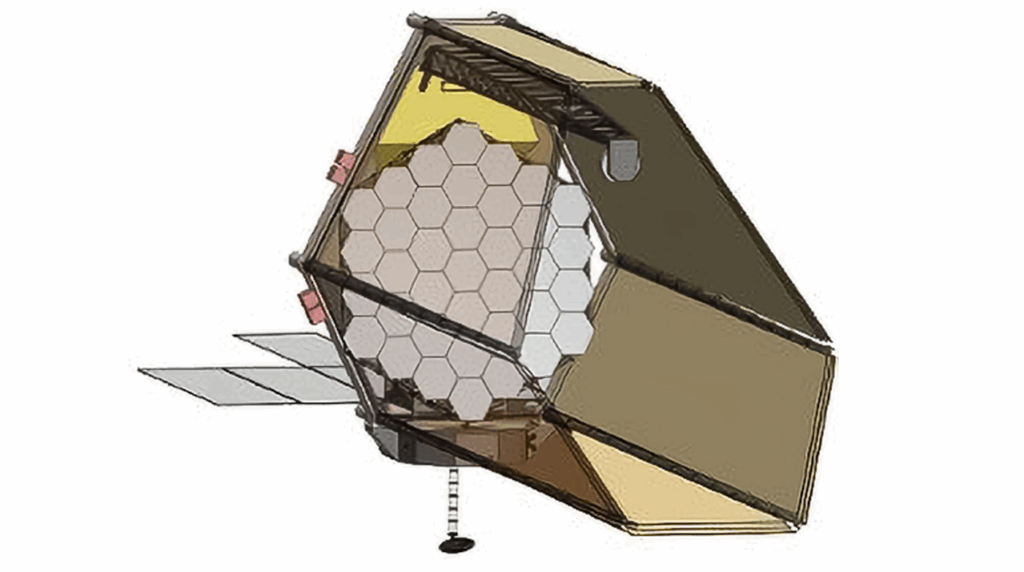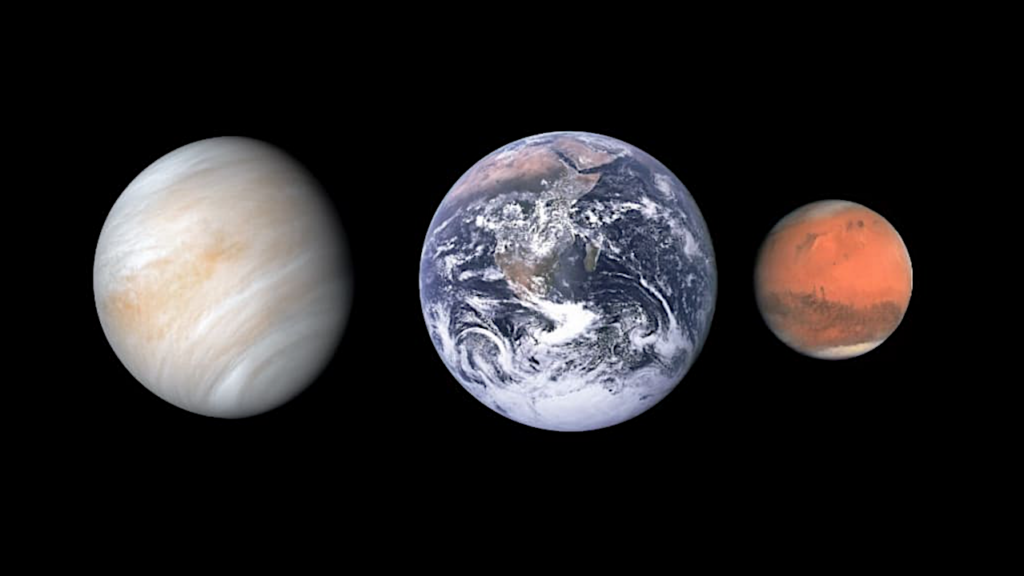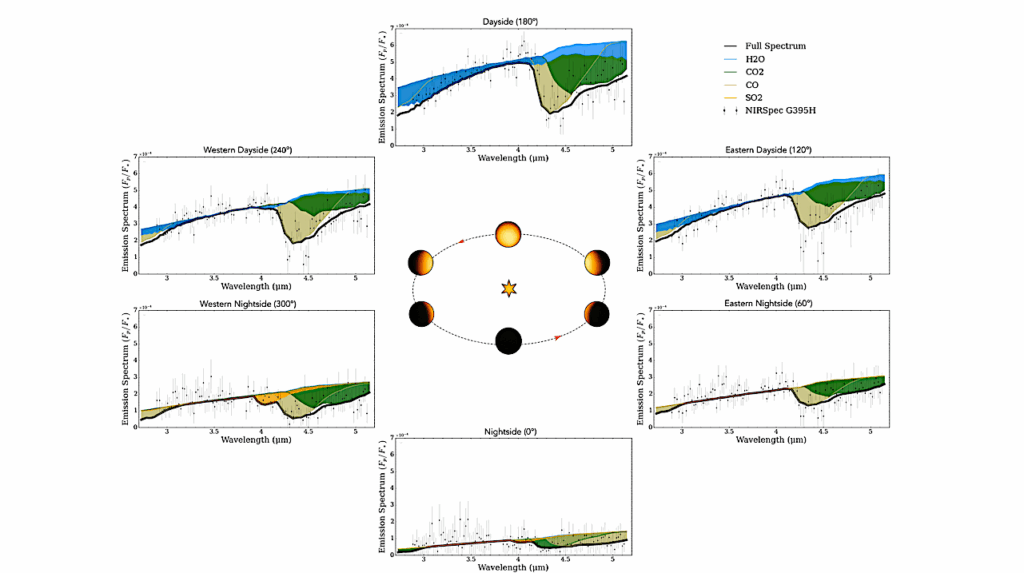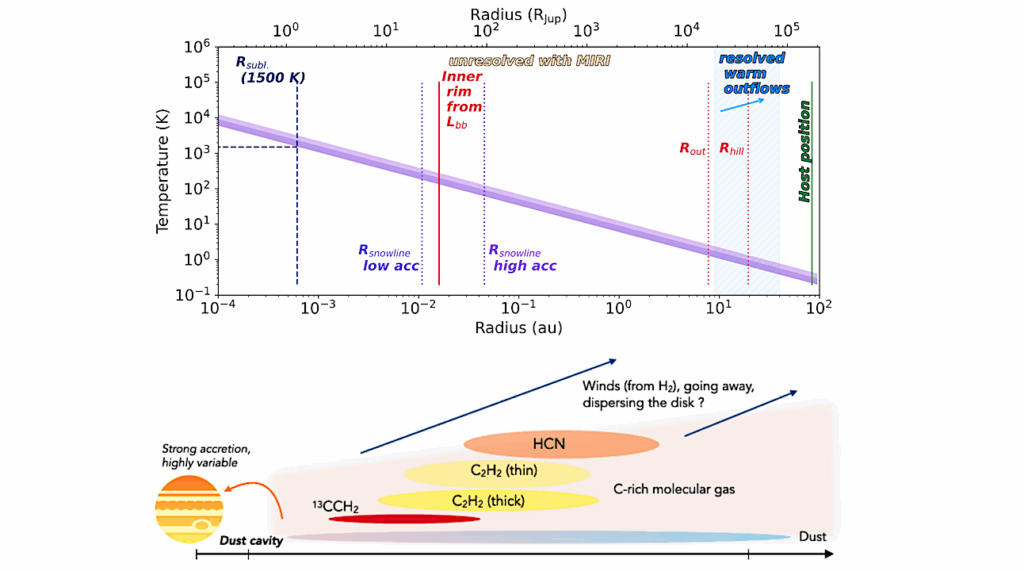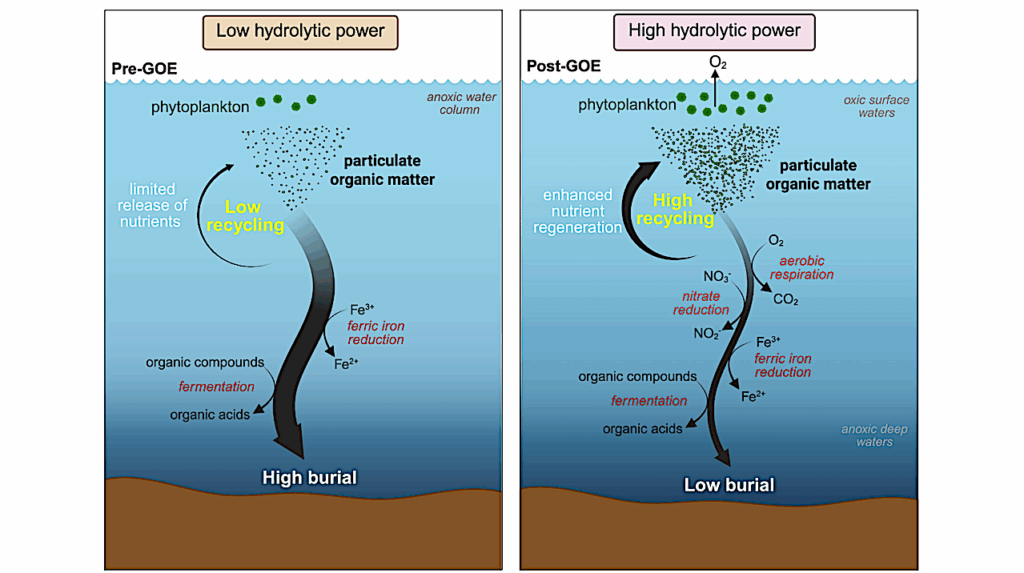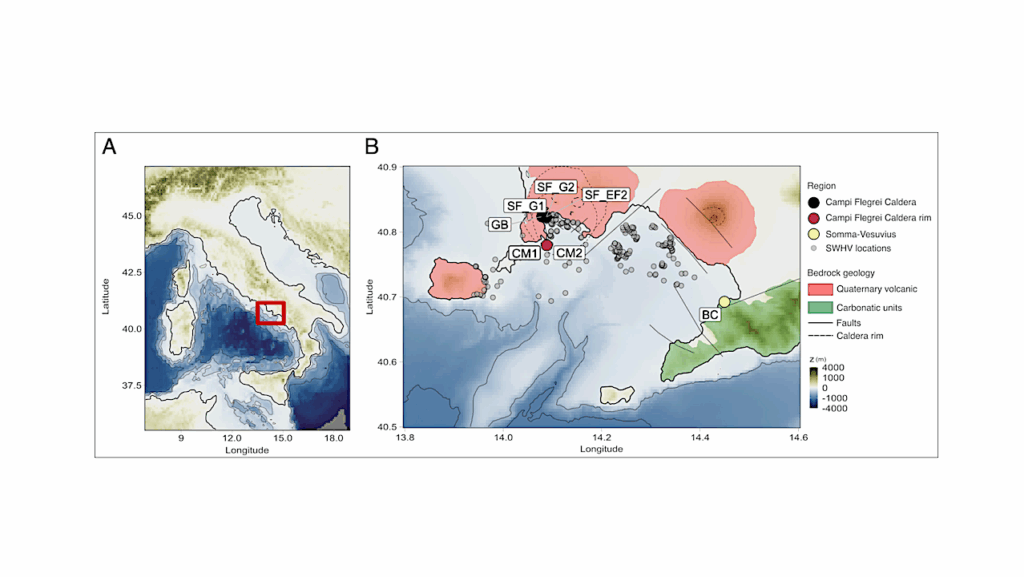Atmospheric Dynamics Of Temperate Sub-Neptunes. Part I: Dry Dynamics

Sub-Neptunes (planets with radii between 2 and 4 R⊕) are abundant around M-dwarf stars, yet the atmospheric dynamics of these planets is relatively unexplored.
In this paper, we aim to provide a basic underpinning of the dry dynamics of general low mean molecular weight, temperate sub-Neptune atmospheres. We use the ExoFMS GCM with an idealised grey gas radiation scheme to simulate planetary atmospheres with different levels of instellation and rotation rates, using the atmosphere of K2-18b as our control.
We find that the atmospheres of tidally-locked, temperate sub-Neptunes have weak horizontal temperature gradients owing to their slow rotation rates and hydrogen-dominated composition. The zonal wind structure is dominated by high-latitude cyclostrophic jets driven by the conservation of angular momentum. At low pressures we observe superrotating equatorial jets, which we propose are driven by a Rossby-Kelvin instability similar to the type seen in simulations of idealised atmospheres with axisymmetric forcing.
By viewing the flow in tidally-locked coordinates, we find the predominant overturning circulation to be between the dayside and nightside, and we derive scaling relations linking the tidally-locked streamfunction and vertical velocities to instellation. Comparing our results to the only other GCM study of K2-18b, we find significant qualitative differences in dynamics, highlighting the need for further collaboration and investigation into effects of different dynamical cores and physical parameterizations. This paper provides a baseline for studying the dry dynamics of temperate sub-Neptunes, which will be built on in part II with the introduction of moist effects.
Hamish Innes, Raymond T. Pierrehumbert
Comments: Accepted for publication in ApJ
Subjects: Earth and Planetary Astrophysics (astro-ph.EP)
Cite as: arXiv:2112.11108 [astro-ph.EP] (or arXiv:2112.11108v1 [astro-ph.EP] for this version)
Submission history
From: Hamish Innes
[v1] Tue, 21 Dec 2021 11:18:41 UTC (6,432 KB)
https://arxiv.org/abs/2112.11108
Astrobiology,


